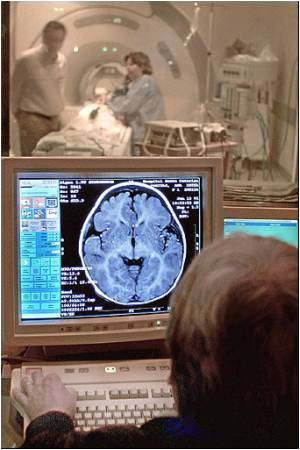
"In this study, you can get humans to tell you how much they value something," Discovery News quoted neurophysiologist Jonathan Wallis of the University of California, Berkeley, as saying.
"You're not just getting, 'It's good,' or 'It's bad.' You're getting a precise estimate of how good it is, or how bad it is."
Jenison and his team studied participants who were undergoing a procedure that uses electrodes to pinpoint the origin of severe seizures.
After the electrodes were in place, three participants viewed pictures of 50 different kinds of junk food, ranging from chocolate-chip cookies to M and M's to salty chips.
The participants came up with a subjective value rating of the snack by bidding amounts between zero and three dollars for the item.
Advertisement
Results showed that of the 51 neurons that the researchers tracked in the three volunteers, 16 changed their activity in a predictable way as the value increased - as the value (and corresponding bid) went up, some of these neurons' activity went up too. Others showed an inverse relationship, with their activity declining as the value increased.
Advertisement
"The opportunity is limited, but it's a really, really exciting opportunity," he said.
Next, Jenison and his team are testing how these neurons respond to foods that some people find disgusting, such as oyster juice and liver pate.
The study is published January 5 in The Journal of Neuroscience.
Source-ANI













